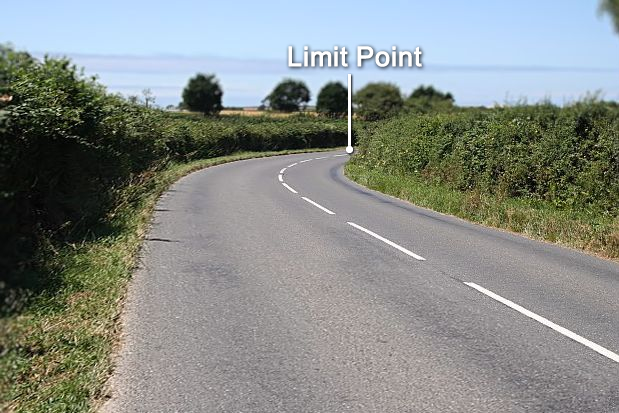The National Trust cares for more than 300 historic houses and gardens, more than 600,000 acres of

countryside and 700 miles of coastline, and has more than four million members. But who would guess that the Trust was the beneficiary of a secretive and notorious gang that operated between 1930 and 1940. The gang, however, were neither criminals or revolutionaries, but a group of young, wealthy women with an eccentric sense of humour and a single shared passion. Having read Clough William-Ellis’s book England and the Octopus, published in 1928, which denounced the insensitive building and ugly development that was ruining the country, they determined to do something about it. So the gang was born.
The gang operated under pseudonyms, which included Red Biddy, Bill Stickers, Sister Agatha, Erb the Smasher, Kate O’Brien, Silent O’ Moyle, See Me Run, Gerry Boham, Black Maria and The Right Bludy Lord Beershop of the Gladstone Islands and Mercator’s Projection. They invariably wore masks and communicated in mock cockney. Every ‘adventure’ was written up in their own minute book, known as ‘the Boo’.
Their first target was Shalford Mill, an 18th century watermill in Surrey that had fallen into disrepair after the First World War. At the time the potential loss of such buildings, which today would be considered national treasures, was considered very much the business of the landowner, and old buildings that were no longer useful were fair game for demolition. In 1932, the gang heard that the mill was facing demolition. They promptly bought the mill and restored it before handing it over anonymously to the National Trust for safe keeping. This was followed by the purchase of Newtown Old Town Hall on the Isle of Wight, stretches of the coastline of Cornwall, Priory Cottages at Steventon in Berkshire (now Oxfordshire), and they supported appeals for money to purchase land in Derbyshire, the Lake District, Devon and Wiltshire, all of which was later donated to the Trust.

Archive photograph of members of the Ferguson Gang at Shalford Mill, Surrey, with Red Biddy (left), Sister Agatha, the gang’s organiser (middle), and Bill Stickers (right).
The Trust subsequently allowed the gang access to parts of Shalford Mill building to hold their clandestine meetings. An ally was The Artichoke, aka John Macgregor, a well-known conservation architect, who became the tenant of the mill. Macgregor’s daughters, Joanna and Penelope, recalled ‘They would just appear, often chauffeur-driven. Our parents would tell us not to stare and to be on our on best behaviour. They were a little in awe of the gang. They were such intelligent women; all tweeds and Lyle stockings. A Fortnum & Mason van would arrive, and cooking smells would permeate our side of the mill’.
Money was also delivered to the Trust’s secretary at its headquarters in Queen Anne’s Gate in London in a variety of forms under a multiplicity of disguises. On one occasion a cash donation was delivered sewn into the carcass of a goose; on another banknotes were wrapped around miniature liqueurs. During a 1933 ‘raid’ by Red Biddy, a sackful of Victorian coins worth £100 was dumped on the secretary’s desk, with specific instructions for how it should be used. Red Biddy then ‘escaped’ in a taxi that ‘The Nark’ had positioned outside the building ready for the getaway.







